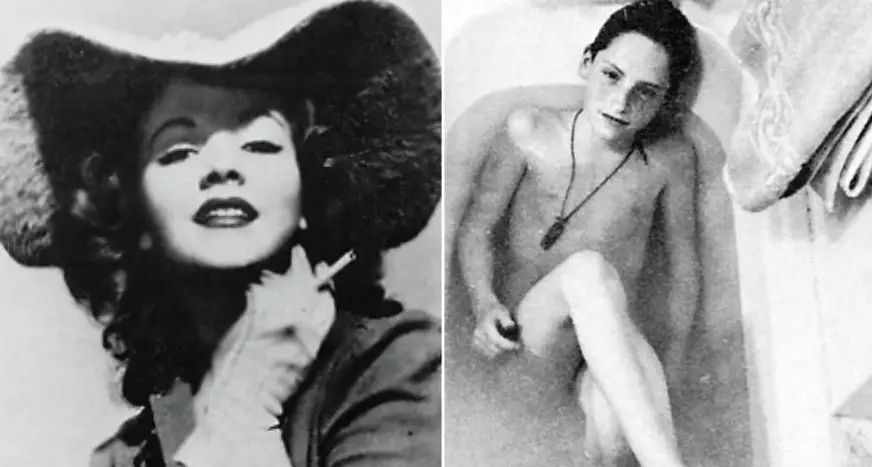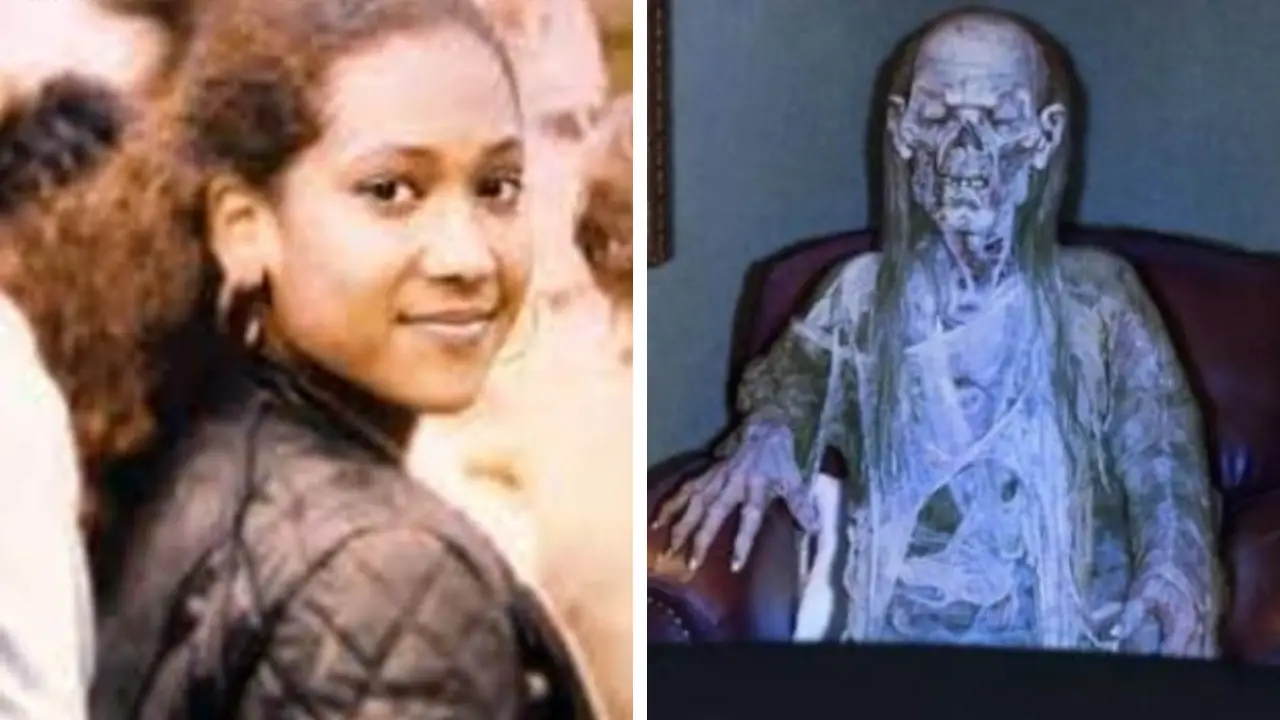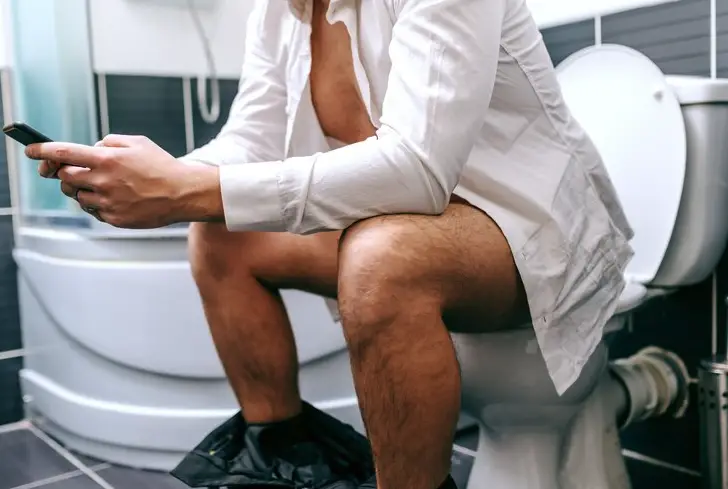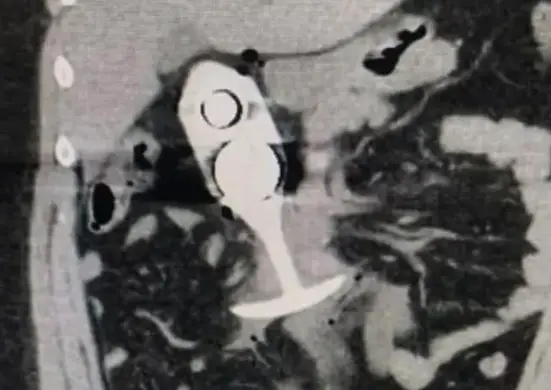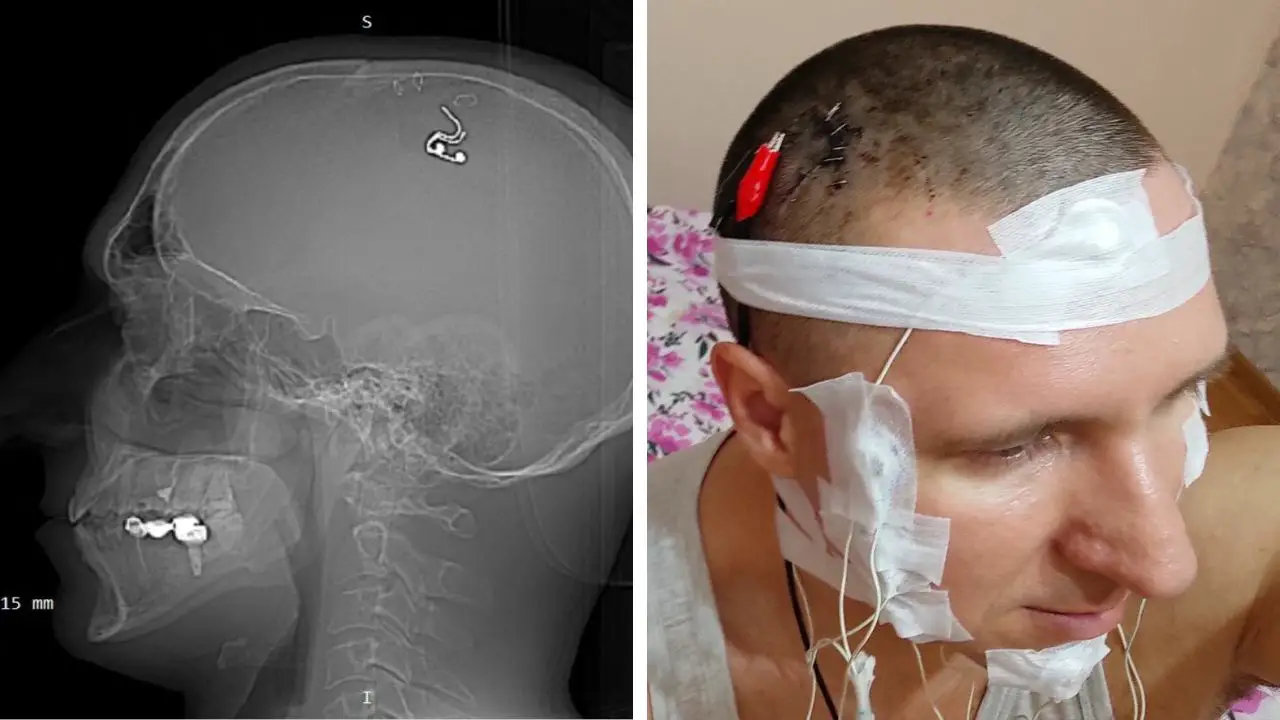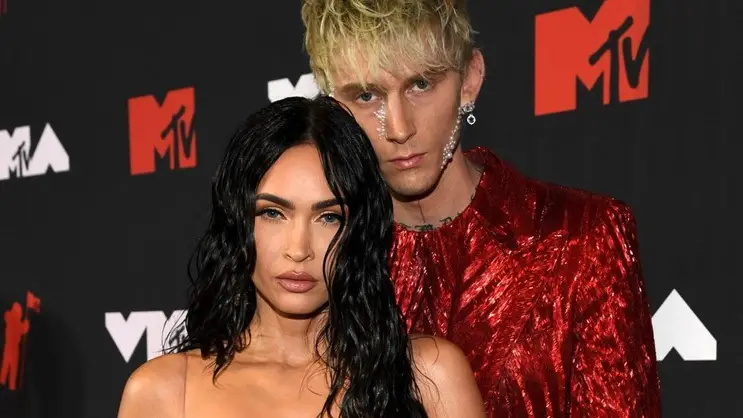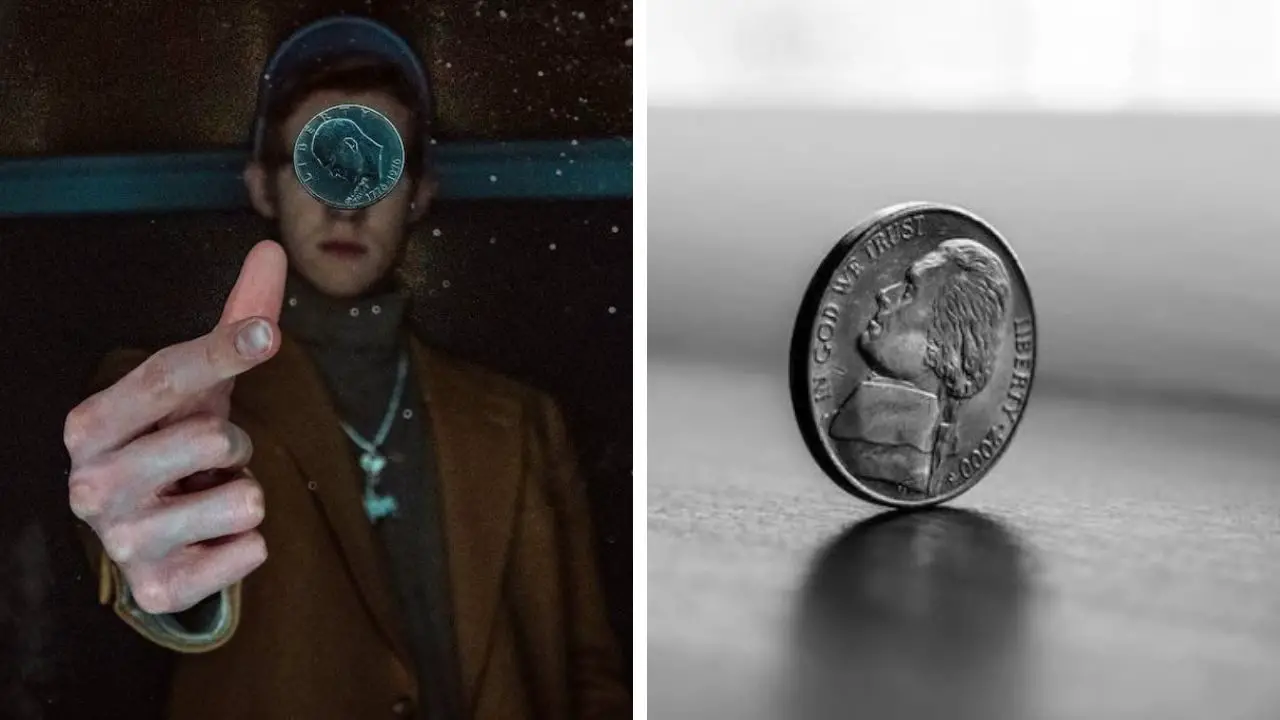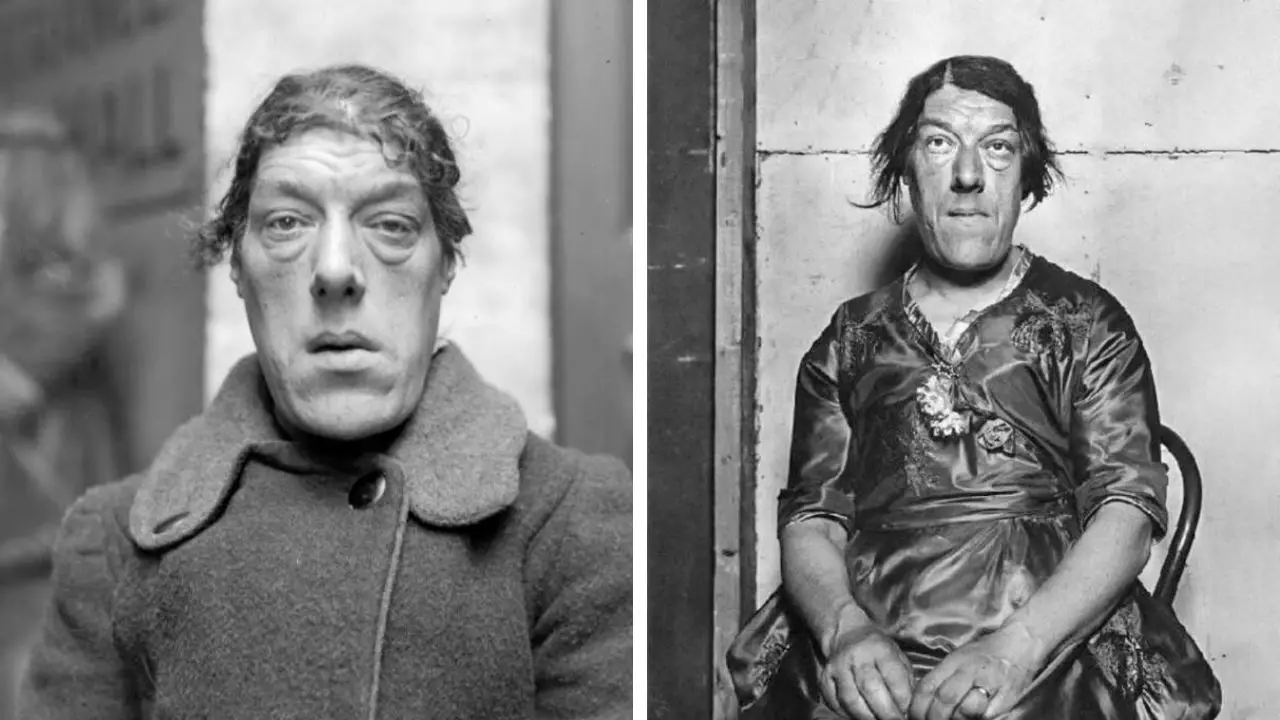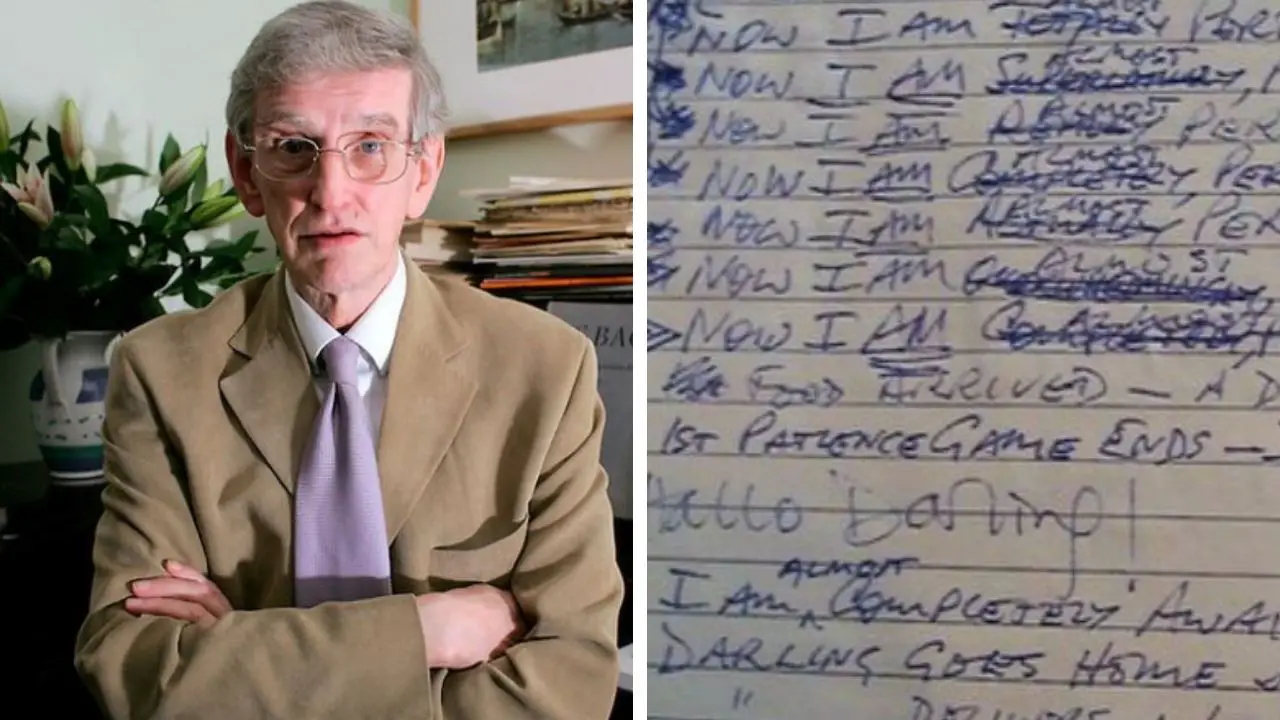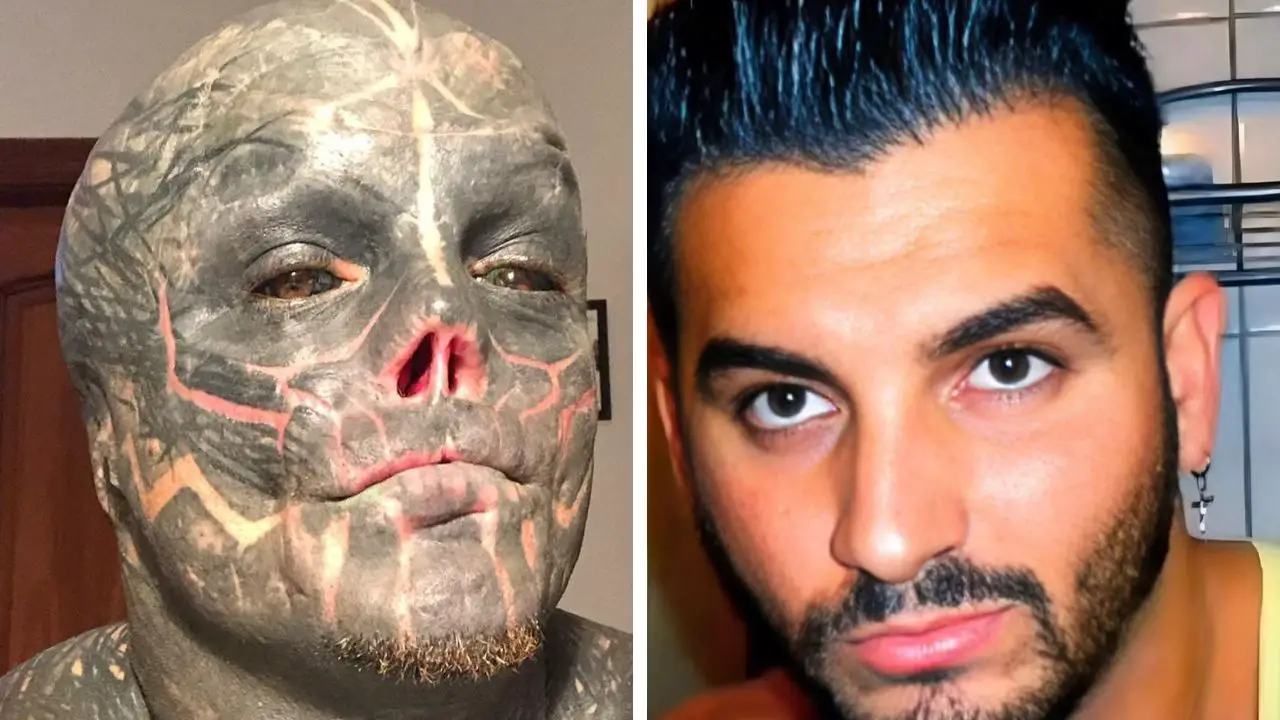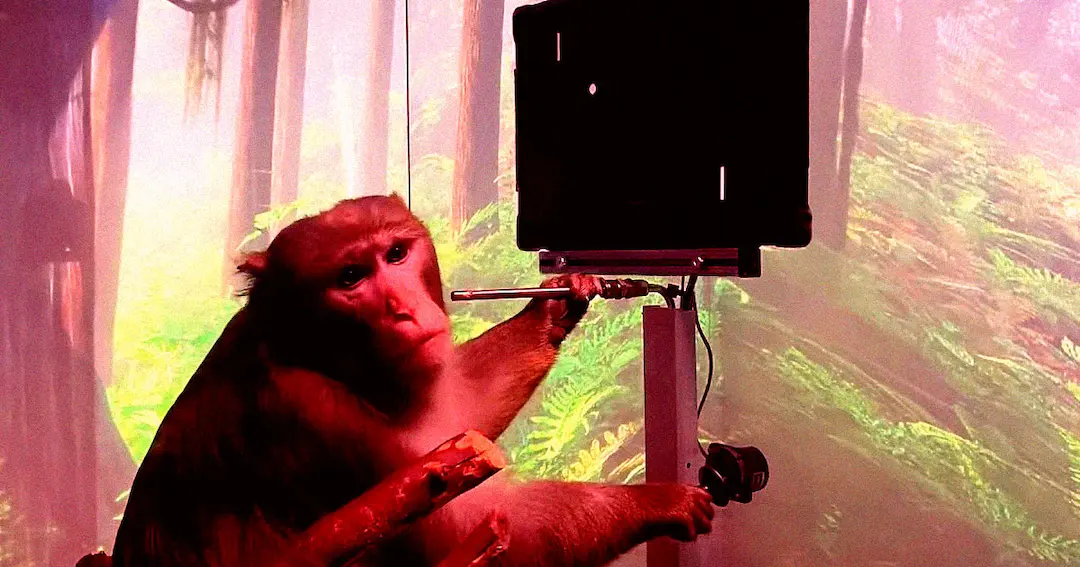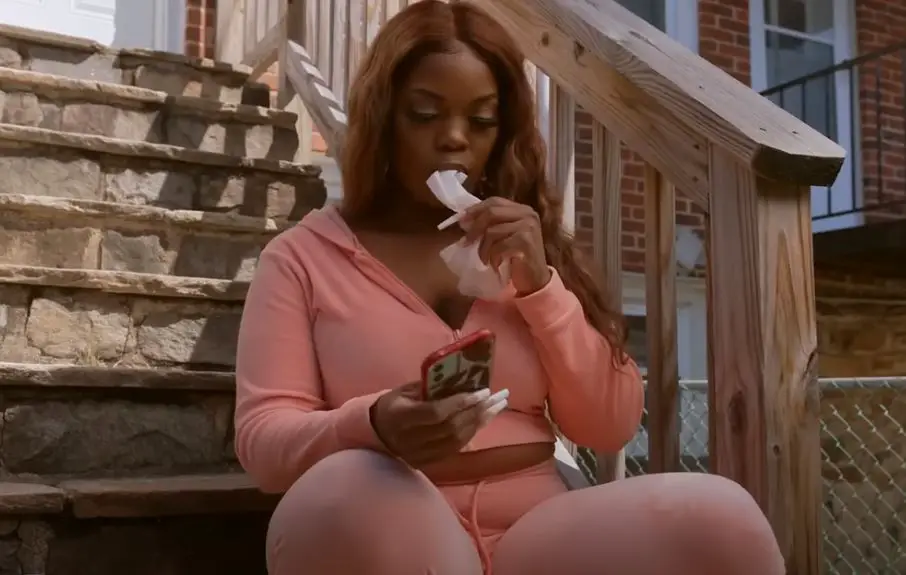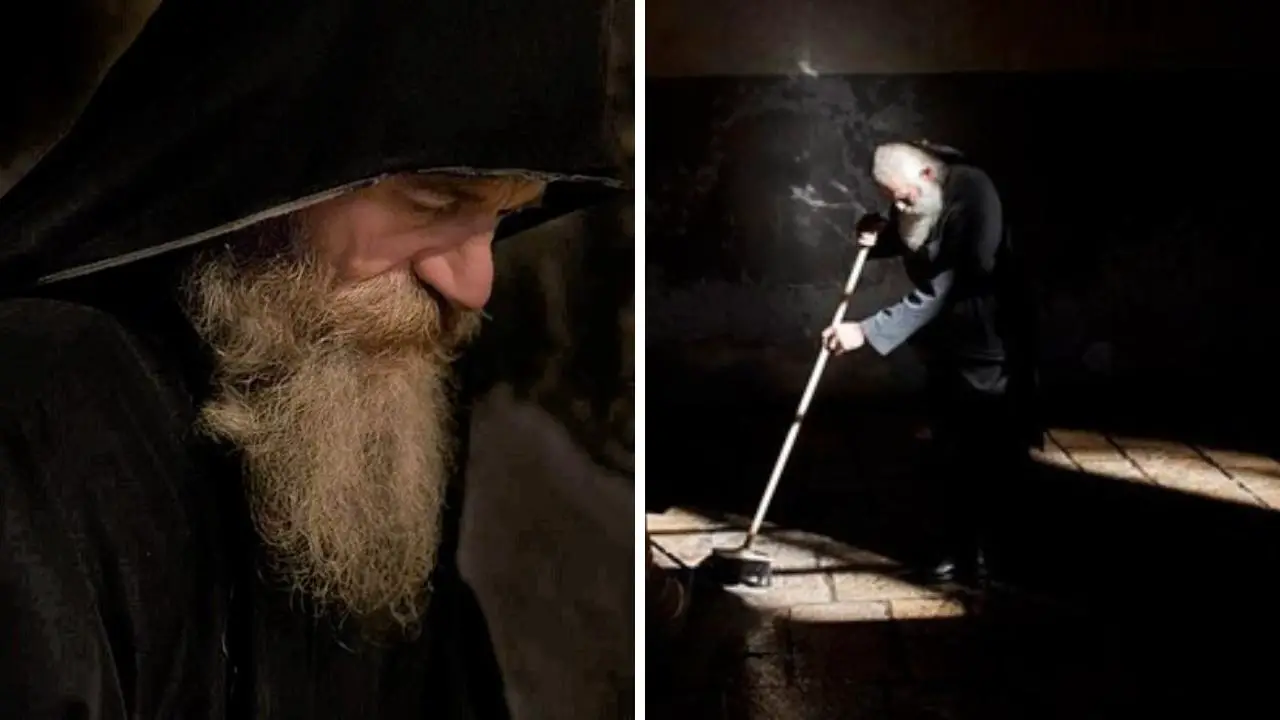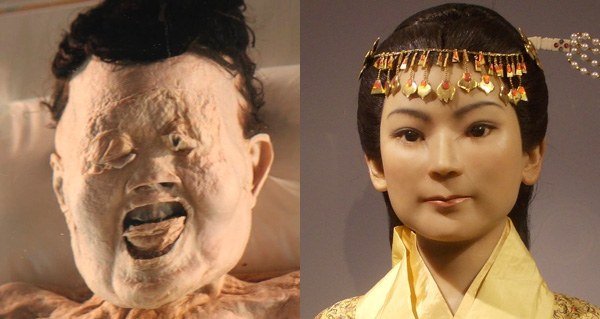Mexican rapper surgically implants gold chains in scalp as hair replacement, becomes the first to do so
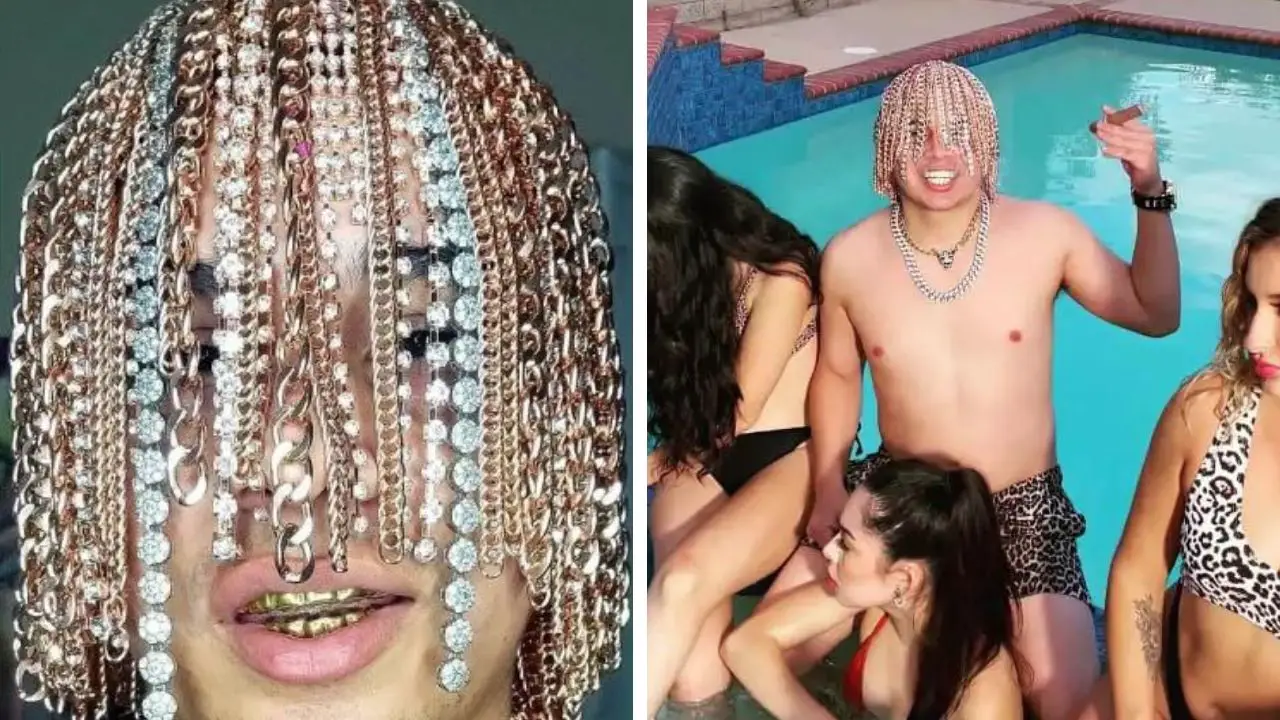
- Dan Sur, a 23-year-old reggaeton artist, underwent a groundbreaking scalp surgery to attach gold chains via hooks embedded in his skull.
- Inspired by Lil Uzi Vert’s $24 million pink diamond forehead implant, Sur aimed to pioneer a new era in extreme body modifications among rappers.
- Despite health experts warning of severe risks like infections and skull fractures, Sur has maintained the look for over four years, amassing millions of social media followers.
Did you know that a single body modification procedure could involve embedding metal hooks directly into the skull, potentially risking brain infections from bacterial entry?
That’s exactly what happened when Mexican rapper Dan Sur decided to transform his appearance in a way no one had before.
In the competitive landscape of reggaeton music, where artists constantly seek ways to captivate audiences, Dan Sur took an unprecedented step.
Born around 1998 in Mexico, Sur burst onto the scene with his debut single “Play That Song” in 2020, blending catchy rhythms with bold visuals.
But it was his decision the following year to replace his natural dreadlocks with shimmering gold chains that catapulted him into global headlines.
This scalp implant surgery, performed in 2021, involved surgeons carefully inserting hooks beneath the skin and anchoring them to the skull, allowing chains of varying weights and colors to dangle like hair.
Sur, who describes himself as an independent content creator alongside his music career, shared the process on platforms like TikTok, where he now boasts 8.2 million followers, explaining how the hooks create a secure base for the attachments.
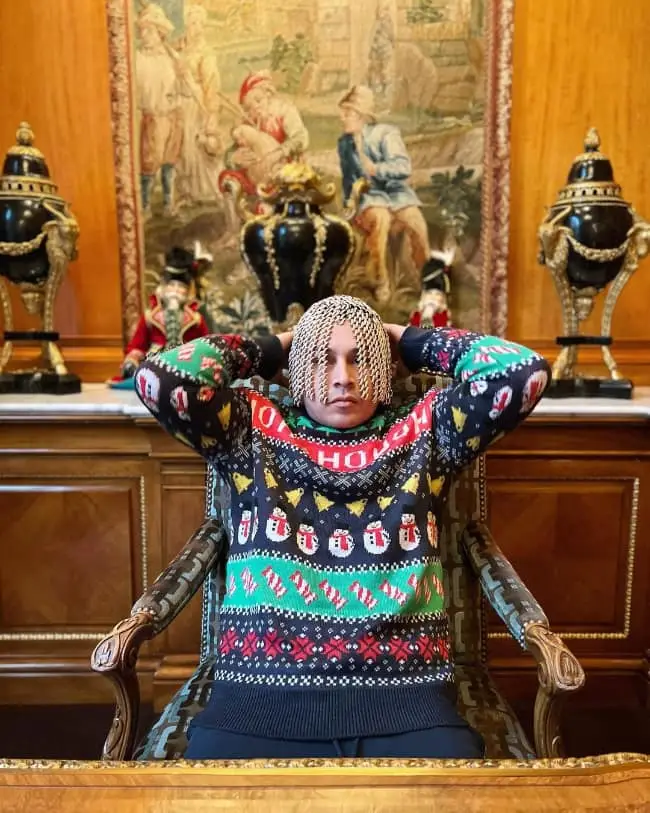
The motivation behind this gold chain implant stemmed from a desire to break free from conventional trends.
“The truth is that I wanted to do something different because I see that everyone dyes their hair,” Sur revealed in a viral video.
He hoped this would position him as a trendsetter in the realms of fashion and hip-hop, incorporating elements of luxury jewelry into everyday aesthetics.
While the exact cost of the procedure remains undisclosed, experts estimate such custom surgeries could run into tens of thousands of dollars, factoring in the high-quality gold and specialized medical expertise required.
Sur has since experimented with silver and diamond-encrusted variations, showcasing the versatility of his scalp modifications on Instagram, where his 153,000 followers follow his updates closely.
As Sur’s golden locks swayed in his music videos and social media clips, questions arose about their authenticity.
To quell doubters, he demonstrated their realness by submerging the chains in water, noting that genuine gold sinks rather than floats—a simple test that convinced many fans.
This act not only boosted his online engagement but also highlighted the intersection of wealth display and body art in modern rap culture.
With YouTube subscribers nearing 700,000 and Facebook followers at 2.2 million, Sur’s unique style has translated into a diversified career, including strategic investments in real estate that bolster his net worth.

But what inspired this audacious move? Look no further than American rapper Lil Uzi Vert, whose own extreme piercing set the stage.
In February 2021, Uzi embedded an 11-carat natural pink diamond, valued at $24 million, into his forehead using a dermal anchor technique.
This involved a thin metal post inserted under the skin to hold the gem securely, a process jewelers described as comparable to standard piercings but with heightened luxury.
Uzi, known for hits like “XO Tour Llif3,” had been paying off the diamond since 2017 from renowned jeweler Elliot Eliantte, turning it into a symbol of opulence in hip-hop.
The story took a dramatic turn just months later at the Rolling Loud music festival in Miami.
During a high-energy performance in July 2021, Uzi dove into the crowd for some interactive surfing, only for enthusiastic fans to accidentally rip the diamond from his forehead.
“I had a show at Rolling Loud and I jumped into the crowd and they kind of ripped it out,” Uzi later shared on social media.
WATCH!
Miraculously, he recovered the jewel, though the incident left him with minor bleeding and underscored the vulnerabilities of such implants.
Interestingly, Uzi also revealed that his life insurance providers attempted to deny coverage due to the risky modification, adding another layer to the financial and personal stakes involved.
| Procedure Year | 2021 |
| Age at Surgery | 23 |
| Implant Type | Metal hooks anchored to skull for gold chain attachments |
| Inspiration Source | Lil Uzi Vert’s $24 million pink diamond forehead implant |
| Health Risks | Potential bacterial infections, skull fractures, permanent hair loss |
| Social Media Reach | TikTok: 8.2M followers; Instagram: 153K; YouTube: 700K; Facebook: 2.2M |
| Music Debut | “Play That Song” in 2020 |
| Variations Tried | Gold, silver, diamond-encrusted chains |
Health professionals have since weighed in on the dangers of these scalp surgeries and similar body modifications.
Plastic surgeon Dr. Frank Agullo emphasized that the weight of heavy chains could cause the implants to dislodge or even fracture the skull over time.
Dermatologist Dr. Mona Gohara pointed out the risk of chronic inflammation leading to scarring alopecia, where hair follicles are permanently damaged.
Despite these warnings, Sur has reported no major complications after maintaining the look for more than four years, often removing the chains temporarily but keeping the underlying hooks intact.
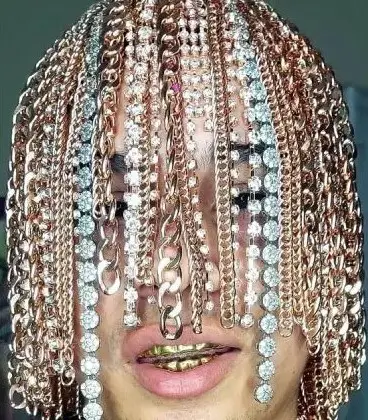
Sur’s innovation fits into a broader pattern of rappers pushing boundaries with unusual body modifications.
Take Canadian model and artist Rick Genest, better known as Zombie Boy, whose full-body tattoos mimicking a skeletal corpse landed him a spot in Lady Gaga’s “Born This Way” video before his tragic death in 2018.
Then there’s Maria Jose Cristerna, the Mexican “Vampire Woman,” who combines singing with subdermal horn implants, extensive tattoos, and fang-like dental work to embody her alter ego.
New Zealand’s Lucky Diamond Rich holds the Guinness World Record for the most tattooed person, with ink covering every inch of his skin, including his eyelids and gums, while pursuing a career in street performance and music.
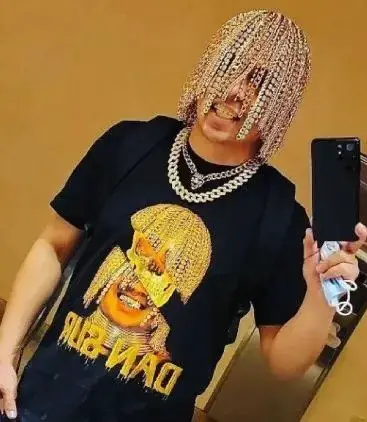
In the heavy metal scene, Slipknot’s Sid Wilson sports multiple facial piercings and custom masks that enhance his onstage persona, blending anonymity with aggression.
Performer Enigma takes it further with horn implants and a full-body jigsaw puzzle tattoo, appearing in various music collaborations.
More recently, Brazilian rapper Amar Ta Foda—also known as De Santa—underwent a procedure to remove flesh from his cheeks for a “demon smile,” complementing his black-dyed eyeballs, bifurcated tongue, and “666” forehead carving.
American icon Lil Wayne has popularized stretched earlobes among rappers, influencing a wave of gauge piercings in hip-hop fashion.
For instance, Post Malone’s intricate face tattoos, including barbed wire and playing cards, tell stories of his life struggles and successes.
Tekashi 6ix9ine’s rainbow-colored hair and tattooed numerals add to his controversial image, while artists like Trippie Redd experiment with dermal piercings and colored contacts to enhance their visual appeal.
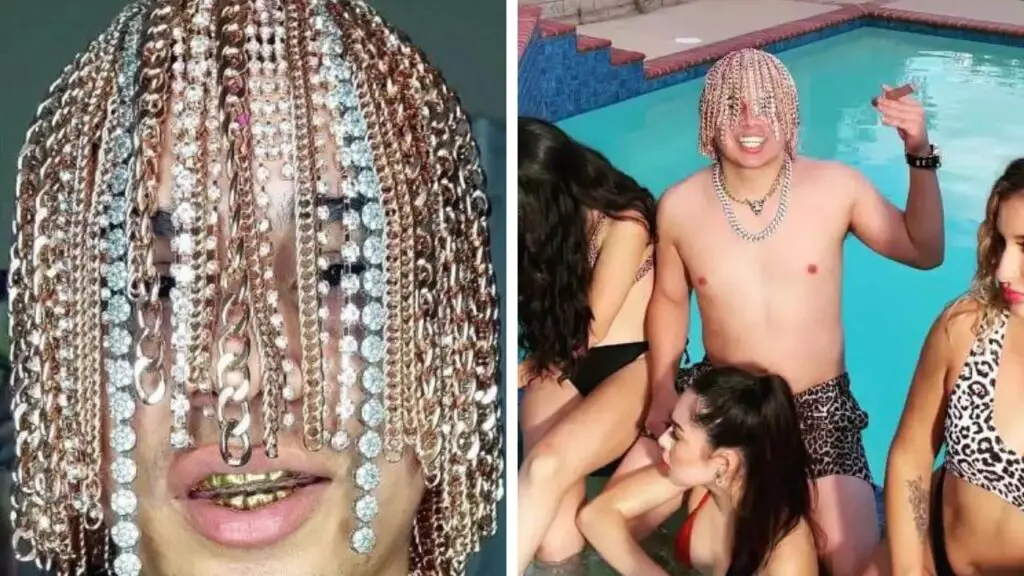
With the rise of virtual reality concerts and augmented reality filters mimicking such looks, the line between physical alteration and digital enhancement blurs further.
Sur’s journey raises questions about the future of identity in entertainment—could scalp implants become the next must-have for aspiring stars, or will the inherent risks deter copycats?
Only time will tell if this golden trend catches on, but one thing is certain: in the ever-evolving world of rap, standing out means risking it all.

